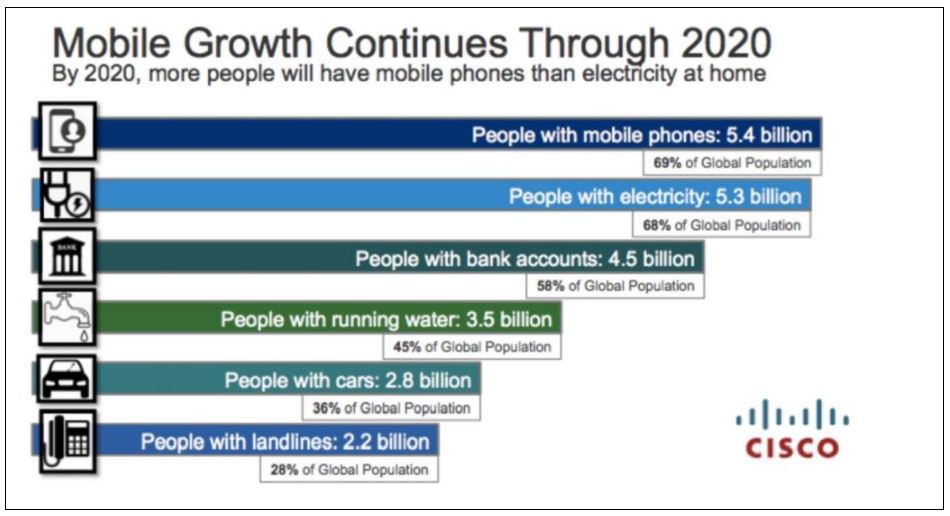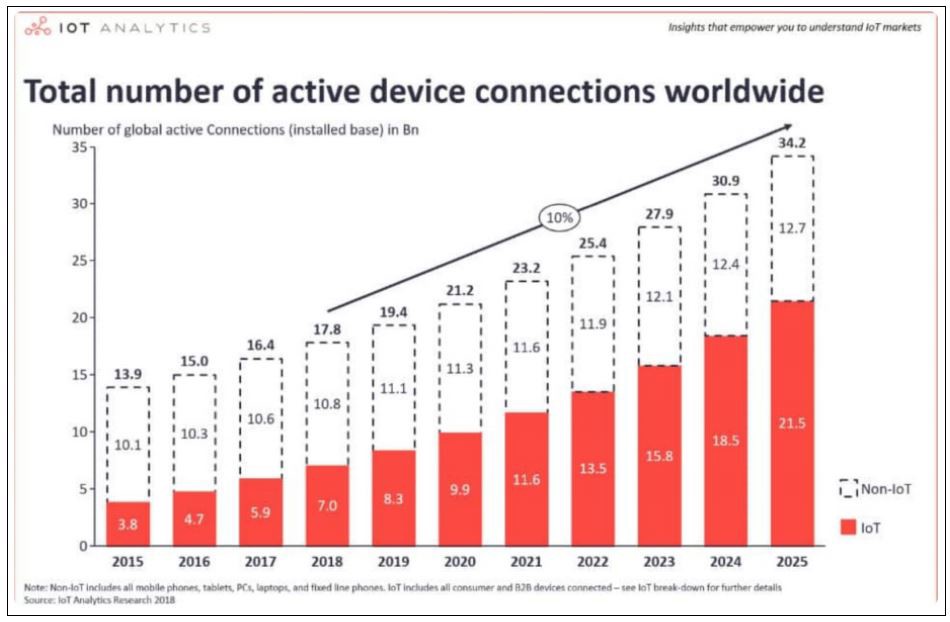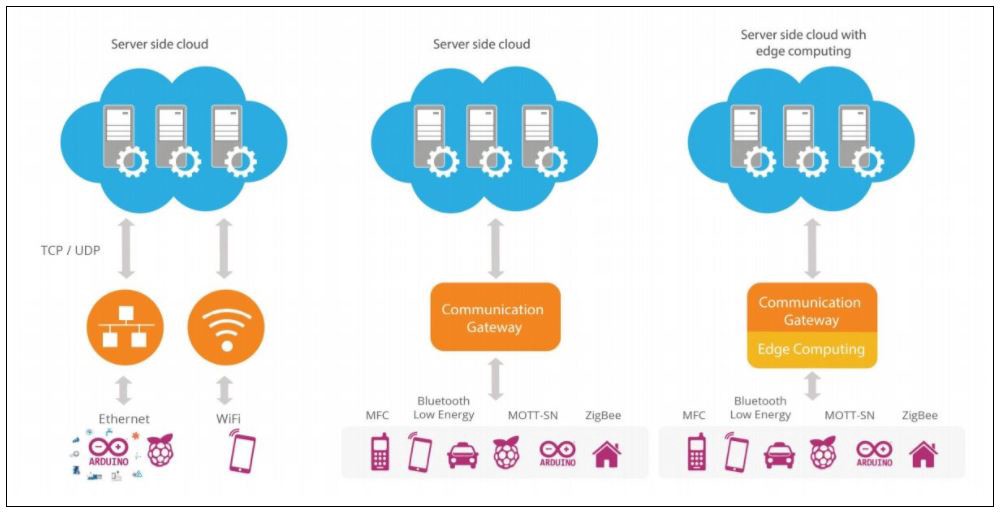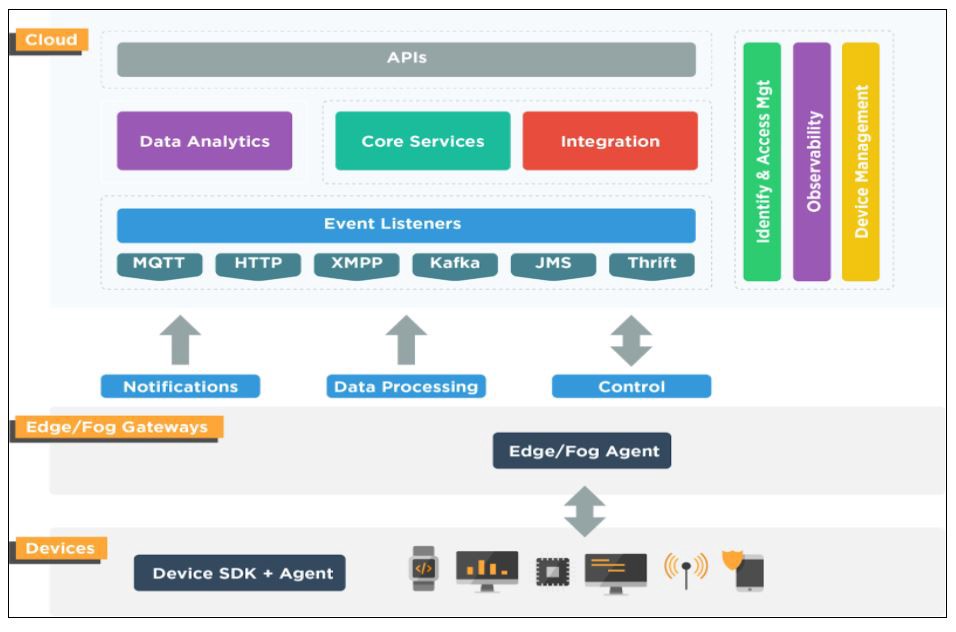Complete enterprise device management solutions

Enterprise Devices — Leading the Way
In a world driven by smart technology¹ that seeks to reap the maximum benefits from recent advancements as soon as possible, one can do little to not be left behind. This is twice as much important if you’re a thriving global enterprise or aspiring to be one. Keeping abreast requires all of your ingenuity.
Enterprises today are increasingly adopting various types of disparate devices into their everyday business operations. Some of these are standard legacy mobile devices like tablets, smartphones, and laptops. Then there are Internet of Things (IoT) devices such as sensors, PLCs², communication gateways, edge computing devices, CCTV cameras, etc. that are also heavily used to monitor and control all aspects of business and supply chains.
Technical challenges arise after these devices are employed. Enterprises need to change business processes to communicate with them seamlessly while adhering to enterprise application development paradigms. This is when a unified set of API endpoints (UEMs) that represent the complete enterprise device deployment becomes a game changer.
Recent Trends in Enterprise Device Adoption
Let’s start with a broader perspective on device dependency. Statistics reveal that the number of mobile phone users far outnumber those with access to electricity, or even running water.

This means that a startling 69% of the world’s population has access to mobile phones.
Other recent surveys on enterprise device adoption reveal a steady increase in the use of active connections worldwide, with IoT device usage increasing faster compared to traditional device usage.

Enterprise Devices That Give Us a Sixth Sense
Enterprises are adopting connected devices for a real-time understanding of ground level conditions, adding an element of sixth sense in business processes across supply, production, and consumption chains. Various types of devices, sensors, PLCs, communication gateways, edge computing devices, etc. are employed to ensure process efficiency. Moreover, this boom in device usage has been accompanied by a significant reduction in the cost of deploying devices in recent times.
In keeping with the latest trends, data communication and infrastructure have also drastically improved with plenty of software platforms enabling connections between different devices for application development or business process enhancements.
Explosion in Device Adoption
All these developments have led to an explosion of disparate device end points coming into the picture, bringing about a new set of challenges for enterprises. As a result, we now have a number of device endpoints within an enterprise that require monitoring, managing, and specified permissions for access within the framework, calling for effective device onboarding and managing strategies.
Challenges in Enterprise Device Management
However, this also means that enterprises are now dependent on these device endpoints to execute some form of business functionality, or to receive feedback on business processes.
This brings us to the fundamental problem of tackling the challenges posed by enterprise device management. Typically, one of the following illustrated deployment architecture patterns handle device deployment:

Some important points considered by these deployments include:
- Heterogeneous deployment architectures
- Expansion of corporate (traditional) network boundaries
- Network connectivity
- Device functional accuracy determination
- Rogue device detection
- Identity and access management (device identity/ human operator identity)
- Establishment of authorized access for device data/control
- Firmware distribution and different device OS platforms
- Asset tracking at manufacturing, QC, distribution, and installation phases
- Heterogenous development architecture
- Typical “difficult” devices placements such as remote locations, manholes, tunnels, etc.
- Complicated wiring architecture
- Communication modules
Integration Challenges in the Lifecycle of an Enterprise Device
Identifying and addressing integration problems during the various phases of a device’s lifecycle requires considerable effort as indicated by the diagram below:

Consequently, each stage in the lifestyle has its own set of integration requirements as outlined below:
Device Manufacturing Phase
- Serial ID/ MAC address registration
- Provisioning token/ certificate generation
- Firmware burning to ROM
Quality Control / Checks
- Temporary activation of provisioning token
- Test operations/ controls
- Wipe-offs/ factory reset
Ready for Sale / Warehouse
Sold to Customer
Delivered to Installation Site
Installation and Verification
- Issuing temporary tickets for testing
- Customer/ site assignment
- Device activation (token/ digital twin)
- Warranty activation
In-Production
- Device communication with IoT platform
- IoT platform communication with device
- Application <-> device interfaces
- Token authorizations
- Firmware management
Faulty / Maintenance/ Rogue
- Device event processing and modeling
- Deactivation requests
- Service records/ maintenance mode switch
Device Discarded
Entgra’s Device Integration Platform
The Entgra IoT platform acts as a single platform where you can connect devices from different vendors, enabling you to build applications on top of these devices in a unified way. Given below is a high level view of our IoT platform architecture:

Our device integration platform has the added advantage of sharing the same common architecture, and therefore the same code base, as that of WSO2 technology.

On top of this IoT platform, we have also have built a Mobile Device Management (MDM) solution that specifically targets managing traditional mobile devices such as kiosks and laptops, available as an off-the-shelf product.

The Entgra IoT Platform, therefore, offers a standardized set of APIs for simpler enterprise device onboarding, working equally well for standard mobile devices traditionally managed through MDMs as well as for IoT devices.
Your Enterprise Device Journey
This blog provides an overview of how you can manage different types of devices as standard API endpoints within your enterprise architecture to seamlessly onboard different types of devices into your business. Get in touch with us via contact@entgra.io to learn more about our IoT and MDM technologies.
References
- Video:
https://wso2.com/library/summit-2020/emea/unified-endpoint-management-apis-for-enterprise-devices/ - Slides:
https://www.slideshare.net/wso2.org/wso2-summit-emea-2020-unified-endpoint-management-apis-for-enterprise-devices-238630541?ref=https://wso2.com/library/summit-2020/emea/unified-endpoint-management-apis-for-enterprise-devices/ - ¹Smart Technology — Abbreviated for Self-Monitoring Analysis and Reporting Technology, the term is used with its actual meaning of ‘clever’ to describe any kind of available technology that allows users to connect with internet networks.
- ² PLC — Programmable Logic Controller — A programmable logic controller (PLC) or programmable controller is an industrial digital computer which has been ruggedized and adapted for the control of manufacturing processes.




Nice Dear!!! I really like this content. I am a habitual reader of this page. This content is fully explained and also detailed. Thank you so much for sharing this with us. Keep working..
Thank you, Shivam. Happy to know that you follow us regulalry! 🙂